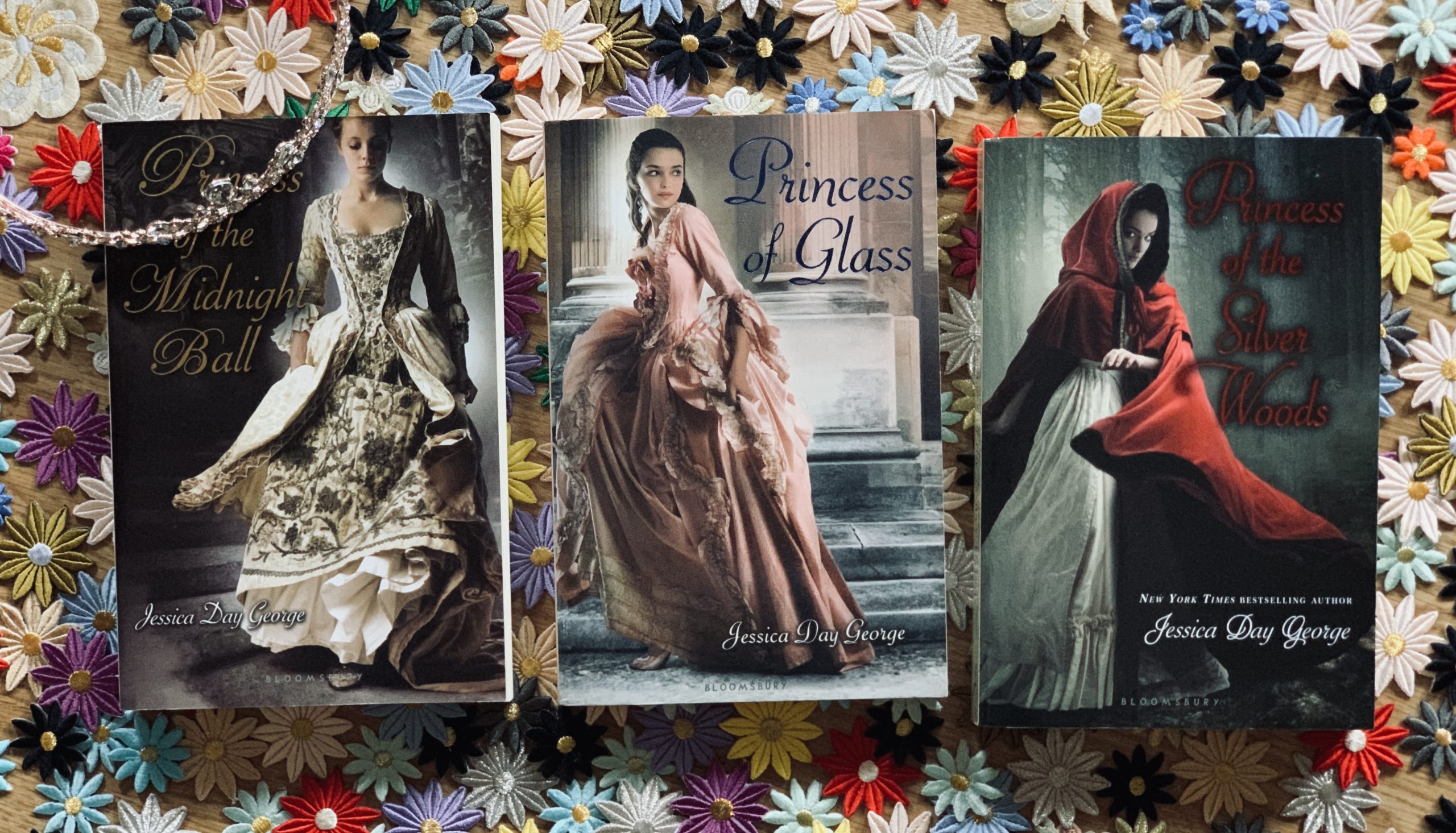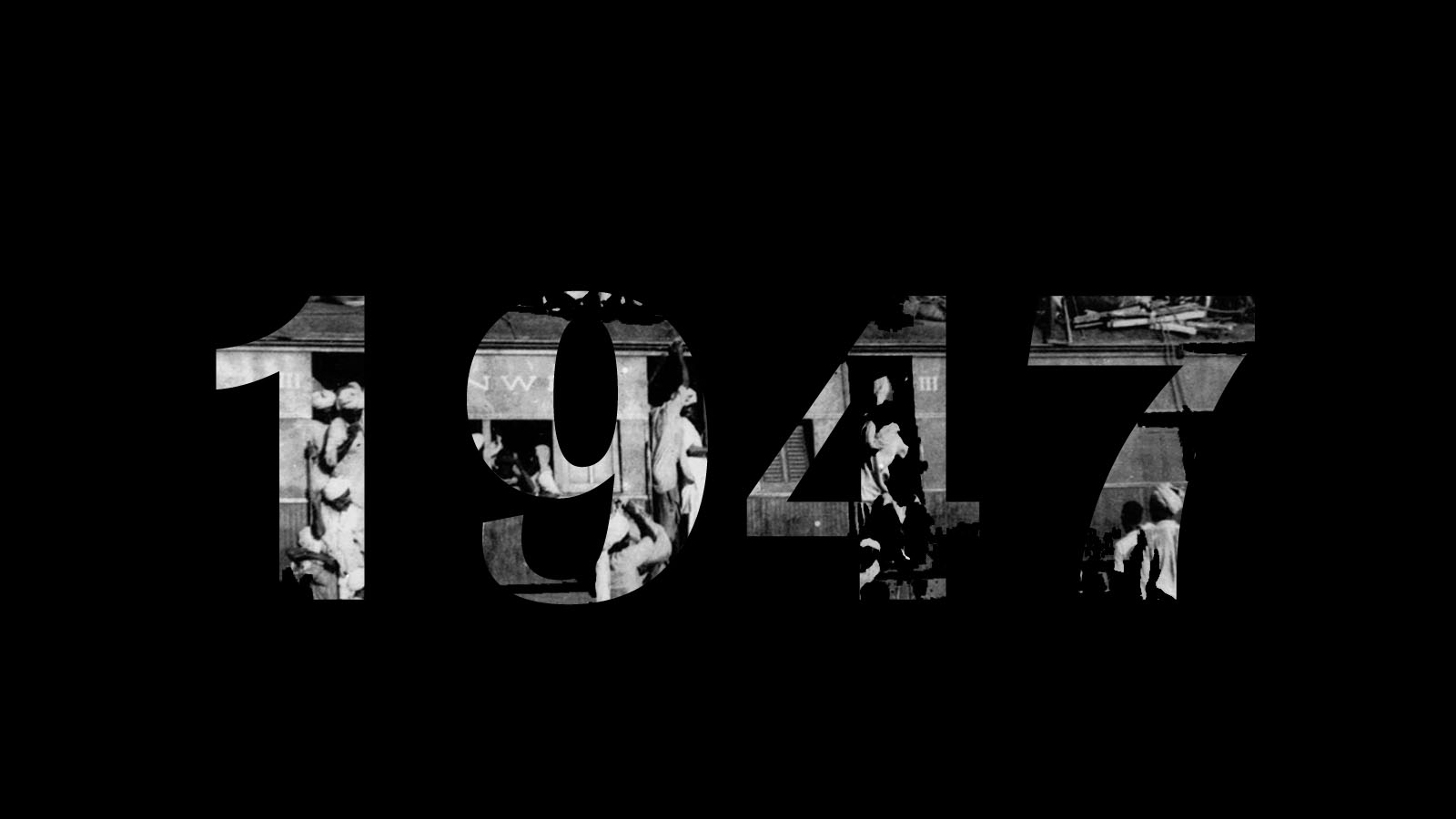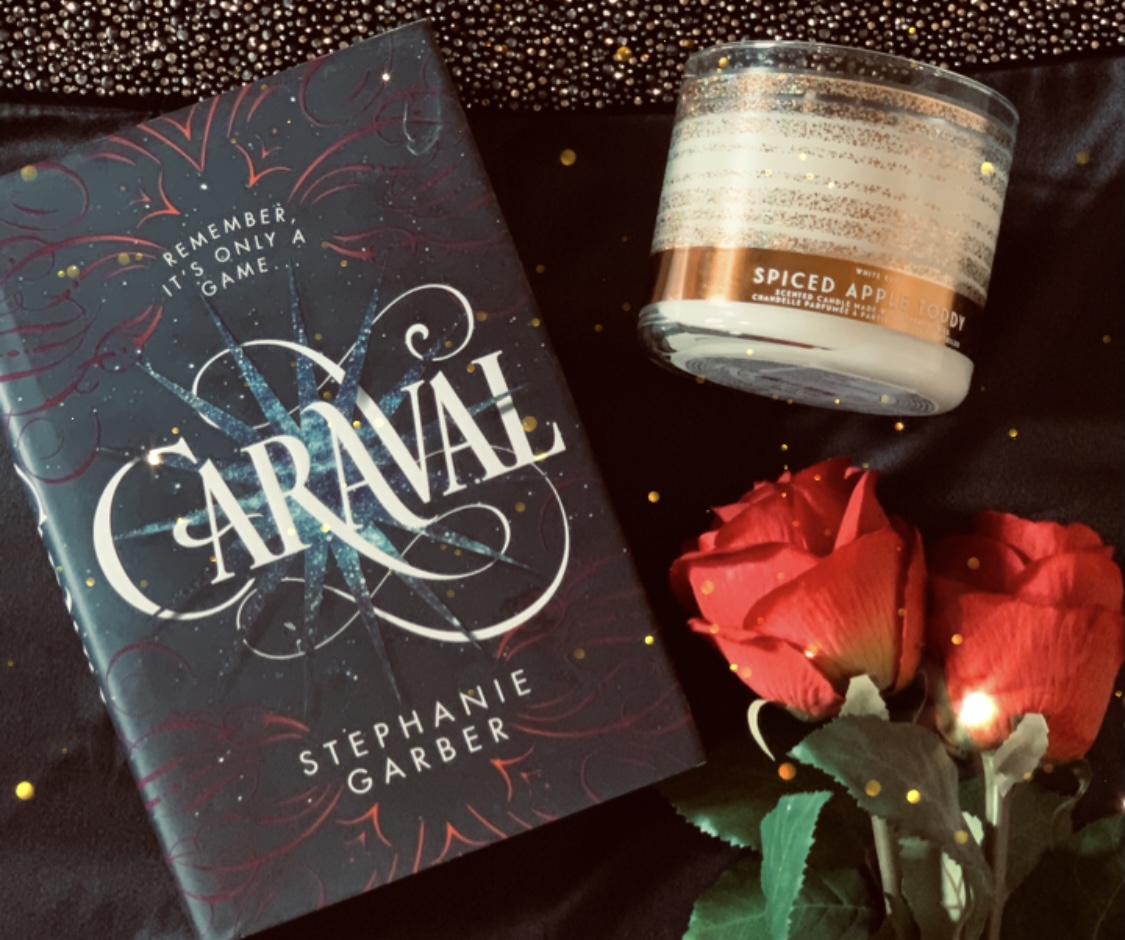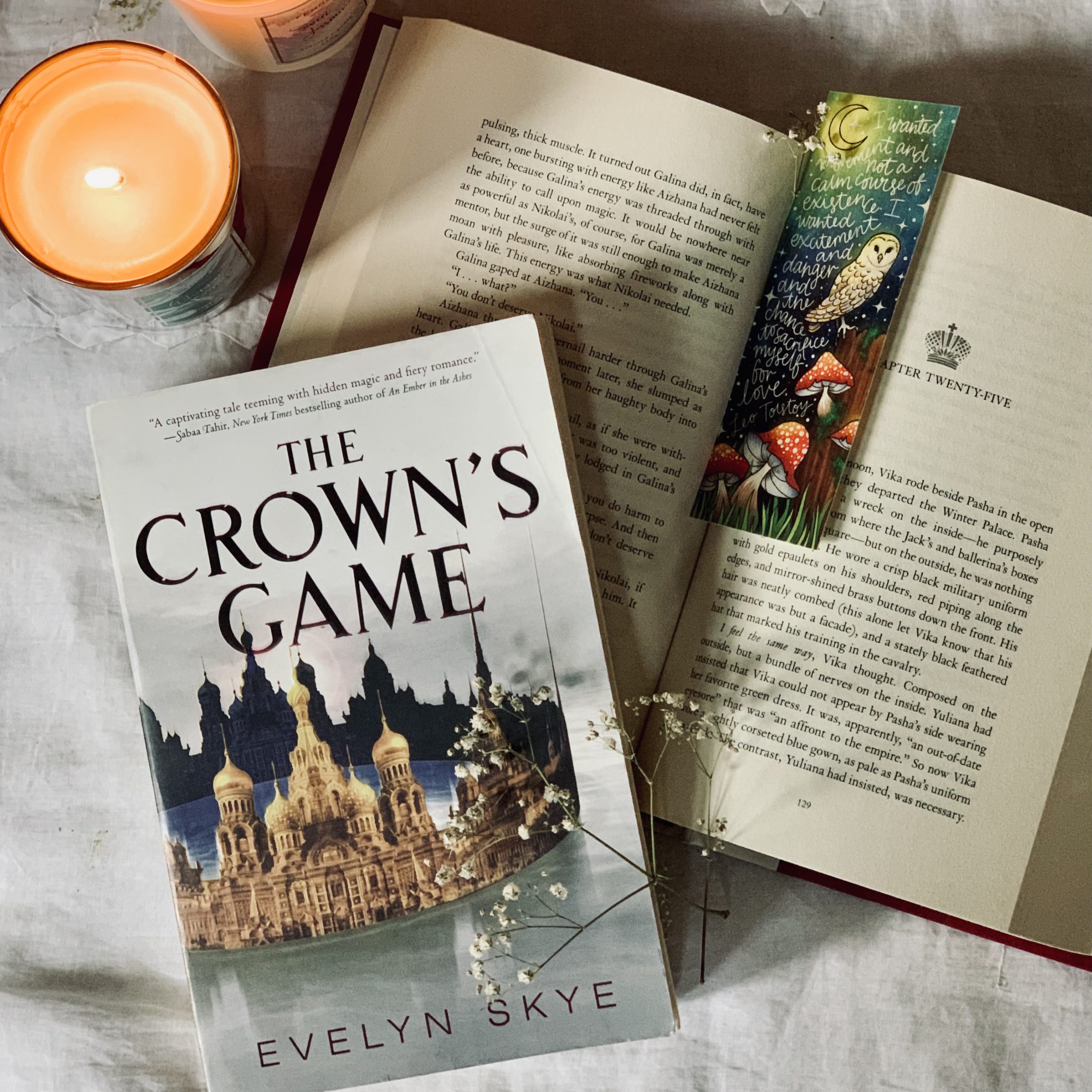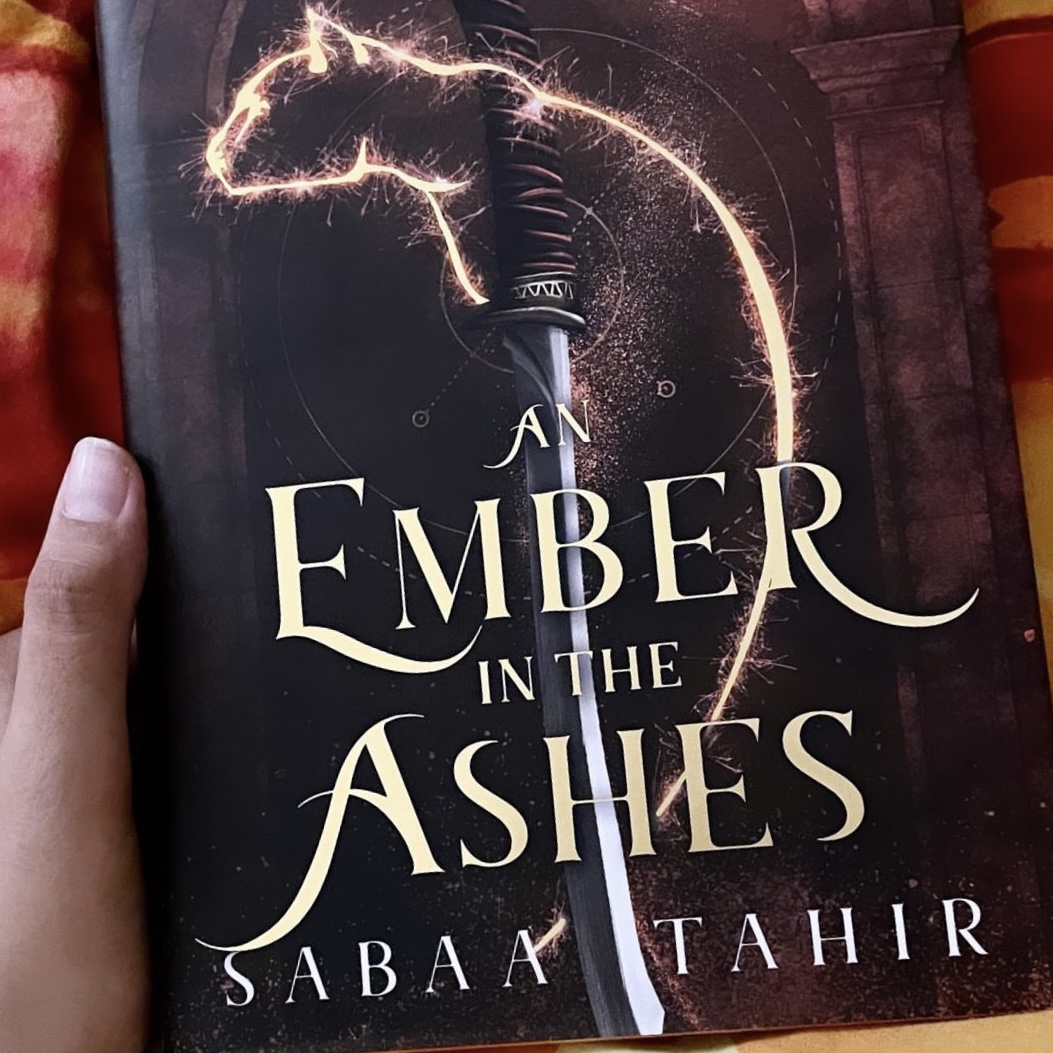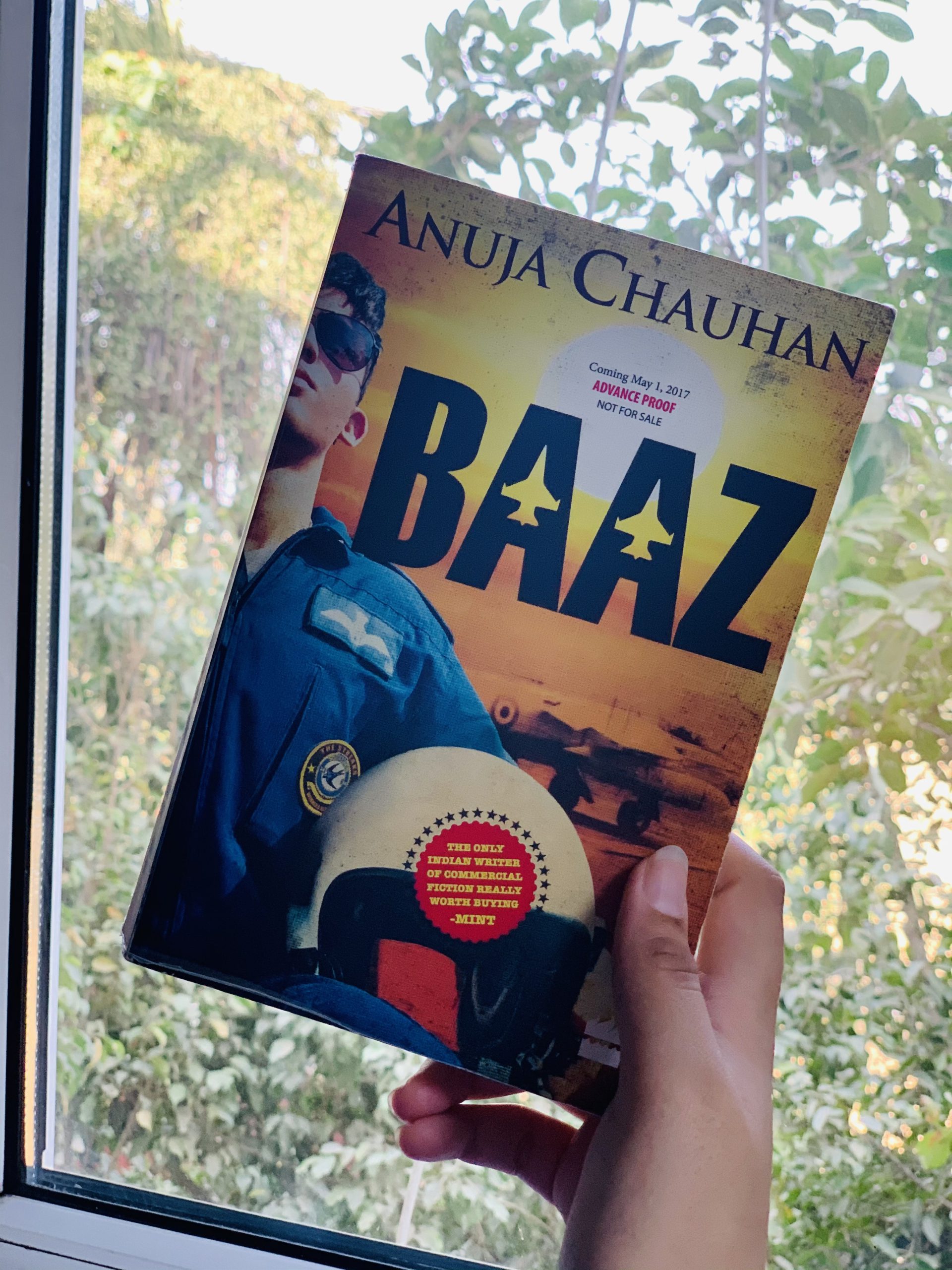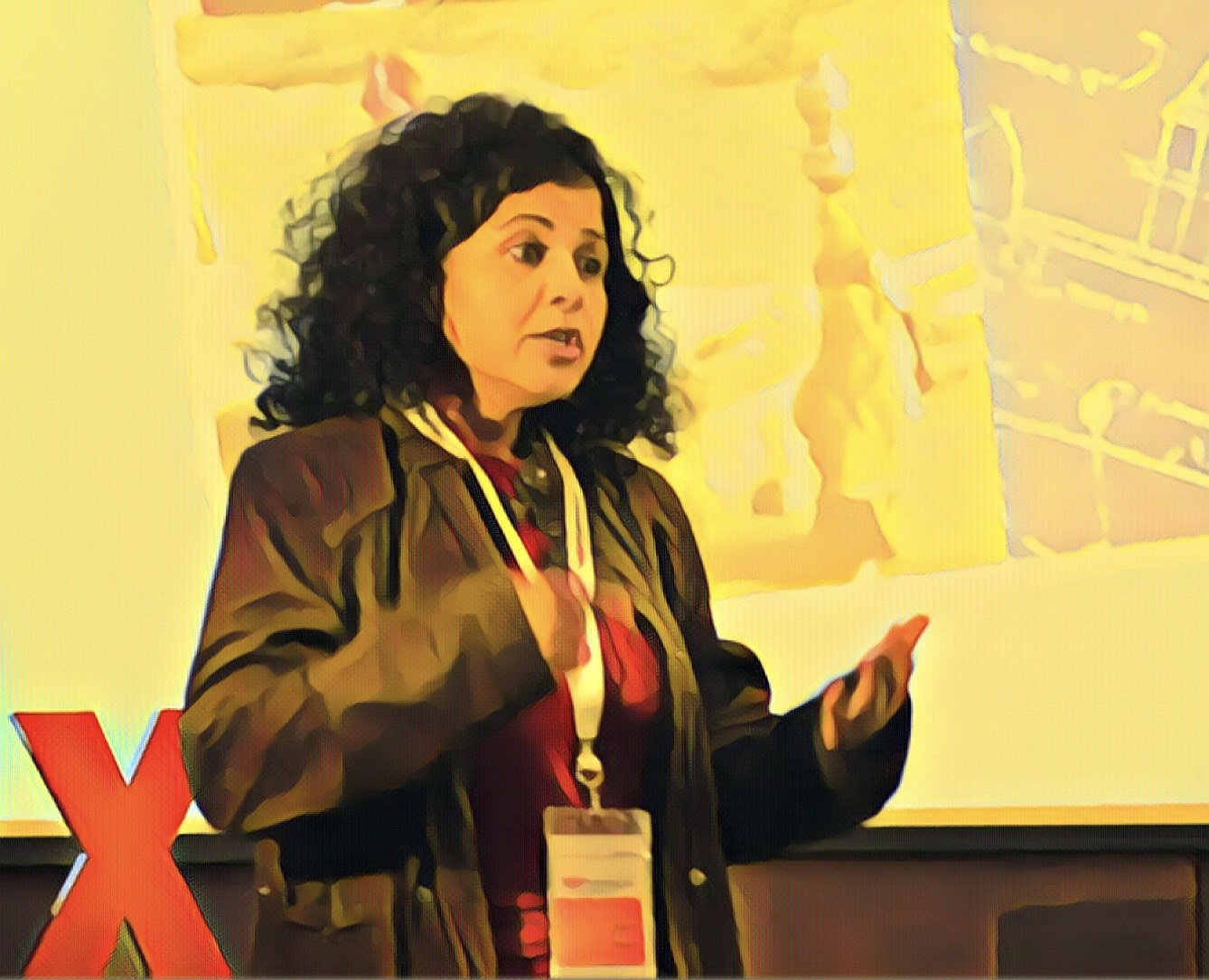So around 8 years ago I travelled to the west coast of the United States of America with my mother. And it was there that I discovered the beautiful entity that is Barnes and Nobles. It was the most beautiful thing I had seen. Rows upon rows of books and a seating area where we could just read those books. We didn’t have anything like this in Delhi and I was instantly smitten. So I walked over to the kids section being just 10 years old and I picked up a number of volumes. The Spiderwick Chronicles by Holly Black and I discovered a series called Dragon Slippers by Jessica Day George. And I’ll be honest it was the cover that drew me to it. It’s a stunning cover.

And once I picked up the book it was over in hours. Jessica Day George may write for middle schoolers but her books are so fantastic that even now I love picking them up and reading them. The stories are just brilliant. She covers fantasy and fairytale retellings and historical fiction and even picks up myths to spin her own way. And she does a fantastic job at it. So I thought I’d run down a list of the series I love from her as quick reviews…
The Dragon Slippers Series : Poor Creel. She can’t believe her aunt wants to sacrifice her to the local dragon. It’s a ploy to lure a heroic knight so that he will fight the dragon, marry Creel out of chivalrous obligation, and lift the entire family out of poverty. Creel isn’t worried. After all, nobody has seen a dragon in centuries. But when the beast actually appears, Creel not only bargains with him for her life, she also ends up with a rare bit of treasure from his hoard, not gold or jewels, but a pair of simple blue slippers-or so she thinks. It’s not until later that Creel learns a shocking truth: She possesses not just any pair of shoes, but ones that could be used to save her kingdom, which is on the verge of war, or destroy it. (Goodreads)
Once I read the first book, it was my dream to become a dressmaker and embroider like Creel does. Then I realized you also have to have some semblance of artistic skill to do that, and that dream remained a delusional fantasy. But I adored this series. It follows young Creel who is left by her aunt to the local dragon so the rich town swain might rescue her and marry her and save her family from being poor. But Creel bargains with the dragon and manages to get some very comfortable slippers and then promptly makes her way to the Kings Seat to become a seamstress and along the way meets the King of Dragons Shardas. Jessica has done some fantastic world-building. Every setting was well thought out, I could basically envision the cities and forests in animation like the characters could pop off the page and begin singing and dancing and I would believe it. That’s how immersive the story is. I loved how different it was to see how dragons are portrayed in this and how the entire story comes together. The other two books are equally good, each a perfect blend of adventure and magic and lots and lots of dragons with a sprinkling of romance. Everyone can see Luka and Creel’s chemistry and I was always on the edge of my seat when they had a scene together. This series is the reason I can see gowns and clothes when I read, I can build them in my head, it’s the reason I want a collection of stained glass and stained glass windows. Basically – read this whether you’re nine or nineteen.
The Princesses of Westfallin Trilogy

Galen is a young soldier returning from war; Rose is one of twelve princesses condemned to dance each night for the King Under Stone. Together Galen and Rose will search for a way to break the curse that forces the princesses to dance at the midnight balls. All they need is one invisibility cloak, a black wool chain knit with enchanted silver needles, and that most critical ingredient of all—true love—to conquer their foes in the dark halls below. But malevolent forces are working against them above ground as well, and as cruel as the King Under Stone has seemed, his wrath is mere irritation compared to the evil that awaits Galen and Rose in the brighter world above.
So I love fairytale retellings and I think this is probably the first one I read. So I have Jessica Day George to thank for this love of retellings. These are the cream of the cream. She starts with 12 Dancing Princesses featuring Rose and Galen, then she reinvents Cinderella with Poppy in Princess of Glass and finally follows Petunia as a new version of Red Riding Hood in Princess of the Silver Woods. Also what is it with Jessica getting such beautiful covers for all her book. It’s totally not fair. I think starting with retelling 12 Dancing Princesses is so ambitious because you’re working with way more than one or two important characters, you start out with 12 primary characters and then you have to add secondary protagonists, romantic interests and villains. It’s a hell of a task. And she does it justice. It’s written beautifully, and like in Dragon Slippers how Jessica creates such an interest in embroidery and stained glass, here she manages to do it with dancing. God I want to learn how to waltz. I love these 12 sisters, they’re written so well. She’s given each of them their own personality and built up the world both where they dance and the Kingdom of Westfallin beautifully. Out of the three I’m partial to Princess of Glass because Poppy was my favourite sister and the romance was adorable. I read this even now, because the romance reads like young adult novels because the girls are around 16-21 in the books, but it’s clean enough for middle schoolers. Read! Read! Read!
Sun and Moon, Ice and Snow: “Blessed” or “cursed” with an ability to understand animals, the Lass (as she’s known to her family) has always been an oddball. And when an isbjorn (polar bear) seeks her out, and promises that her family will become rich if only the Lass will accompany him to his castle, she doesn’t hesitate. But the bear is not what he seems, nor is his castle, which is made of ice and inhabited by a silent staff of servants. Only a grueling journey on the backs of the four winds will reveal the truth: the bear is really a prince who’s been enchanted by a troll queen, and the Lass must come up with a way to free him before he’s forced to marry a troll princess. (Goodreads)
I love mythology. I have since I was 8 and my sister handed me her first copy of Percy Jackson. It fell into my open hands, without a dust jacket, the red cover making its home in my life forever. But ever since then when I find mythology I read it immediately. Greek, Indian, Egyptian, Chinese any mythology that exists I’ve probably read it. But this was my first foray into Norwegian mythology and I think I’ve found my new love. This book is fantastic. Since I’m not aware of the original myth, this has become my vision of what Norwegian stories and fables are. There are all kinds of magical creatures, and while I don’t usually appreciate the stockholm syndrome thing, I really liked the romance in this one. The writing even reads like an old story passed down from ages. The snowy setting, ice castles, weird fairytale like creatures and romance and even a heist appeal, makes this a go to read for me. It’s astounding to me that Jessica is able to attack all genres with such skill. She is in every way a story teller.
I am just about to pick up her first foray into historical fiction ‘Silver In the Blood’ and I’m pretty sure it’s going to be a stellar ride. I can’t wait to have another five star read in my cap this year!

